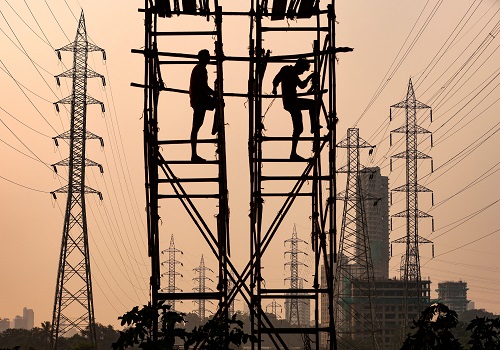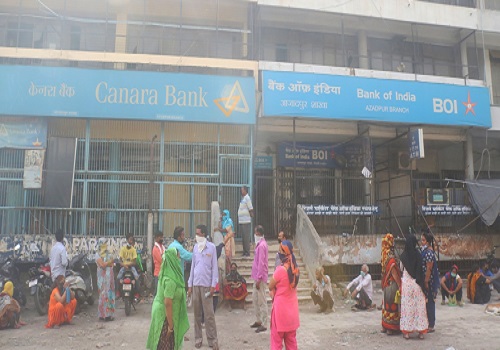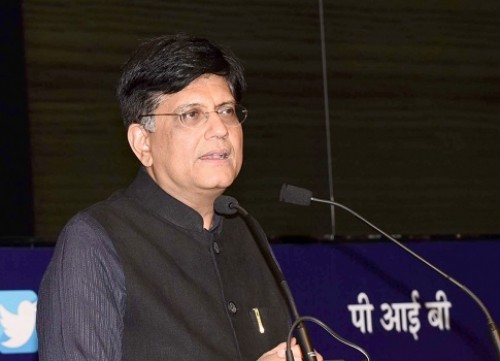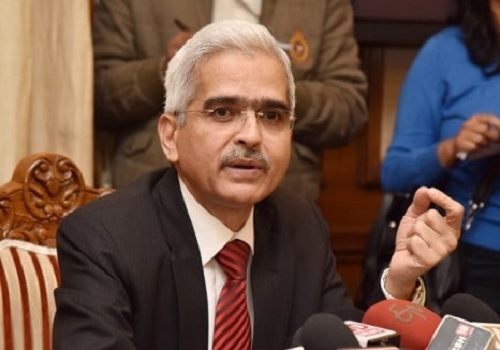Labour market mismatch post-Covid could weaken economic growth: Moody's

Follow us Now on Telegram ! Get daily 10 - 12 important updates on Business, Finance and Investment. Join our Telegram Channel
The mismatches in labour supply after the reverse migration during the Covid-19 pandemic in India and other countries in Asia Pacific (APAC) region could weaken the economic growth, said Moody's Investors Service.
While the lasting implications will take time to fully materialise, labour-market scarring and skills mismatches, exacerbated by the effects of the Russia-Ukraine military conflict, could constrain potential growth, the report said.
According to the report, the pandemic has led to labour-market mismatches -- as workers took on lower-wage or lower-skill jobs -- and unemployment as businesses scaled down or closed.
The return of workers to their pre-pandemic work sites as APAC economies progressively reopen has been gradual in some cases.
"Continued mismatches in the labour supply and lower workforce participation would weaken growth potential and hurt productivity, particularly in economies with a concentration of labour-intensive industries and high internal migration," said Nishad Majmudar, Assistant Vice President and Analyst.
According to Moody's, India and Bangladesh -- where informal workers make up 80 per cent -90 per cent of the workforce -- are particularly exposed to labour market scarring given their high dependence on domestic consumption for economic growth and the sheer scale of migration between rural villages and urban areas.
This presented hurdles for their governments in implementing social distancing measures.
While both countries increased their abilities to deliver social benefit payments, the scale of assistance was small compared with the magnitude of job dislocation for informal workers, Moody's said.
The credit rating agency said India and a couple of other countries experienced significant consumption shortfalls exacerbated by their relatively small degree of direct health and income support to households and businesses as a share of gross domestic product (GDP).
"This loss of consumption, and therefore the wage prospects of informal sector workers, is likely to only recover in these economies as the shares of domestic incomes to overall economic output rise," Moody's report notes.
Even before the pandemic, India had a lack of jobs to occupy its young and growing population, and limited job creation outside the informal, very low-skilled sector, said Moody's.
"The pandemic has further aggravated that situation. This has driven a persistent increase in self-employment, including as farmers, taxi drivers, beauticians and estate agents, while the number of those working as small traders and wage laborers has also risen sharply," Moody's said.
Rural employment has rebounded more rapidly from the pandemic than urban employment, driven by construction and manufacturing, and supported by the Mahatma Gandhi National Rural Employment Guarantee Act.
But as of September 2022, India's overall employment rate was 36.8 per cent, still well below 39.5 per cent in 2019-20, and above 40 per cent before that, according to the Centre for Monitoring the Indian Economy (CMIE), Moody's said.










Tag News

Indian team leaves for Men`s Asian Hockey 5s World Cup Qualifier














